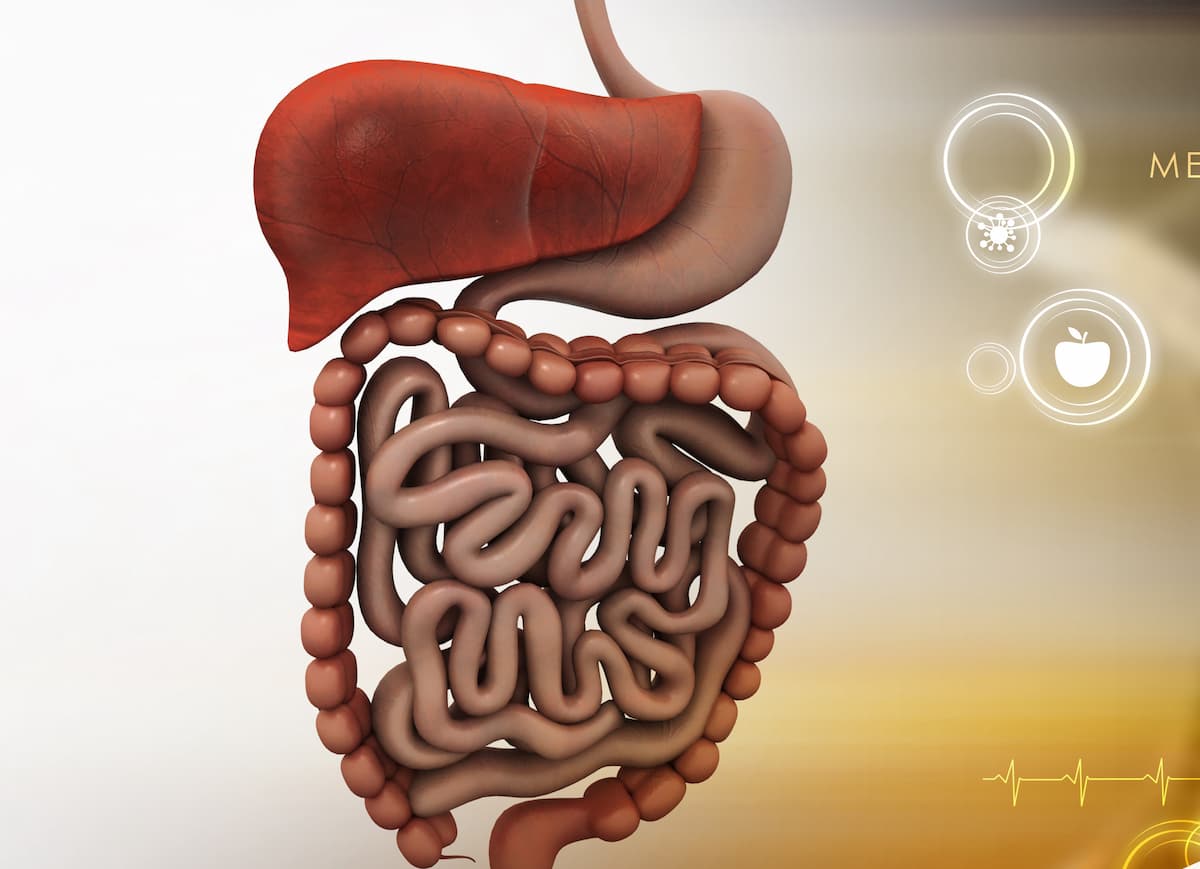FDA Acknowledges Zolbetuximab BLA Resubmission for CLDN18.2+ Gastric Cancer
The FDA has set a new Prescription Drug User Fee Act date of November 9, 2024, for zolbetuximab in this gastric cancer population.
Developers resubmitted the BLA for this agent on May 9, 2024 after the FDA issued a complete response letter for the original application in January 2024.

The FDA has acknowledged a resubmitted biologics license application (BLA) for frontline zolbetuximab (IMAB362) as a treatment for patients with Claudin 18.2 (CLDN18.2)–positive, locally advanced unresectable or metastatic HER2-negative, gastric or gastroesophageal junction (GEJ) adenocarcinoma, according to a press release from the developers, Astellas Pharma Inc.1
The regulatory agency has set a new Prescription Drug User Fee Act date of November 9, 2024, for its decision to approve zolbetuximab in this patient population.
Developers resubmitted the BLA for this agent on May 9, 2024 after the FDA issued a complete response letter for the original application in January 2024.2 The regulatory agency issued a complete response letter due to insufficiencies associated with a pre-license inspection at a third-party manufacturing site for the agent. There were no issues related to the efficacy and safety data in support of zolbetuximab, and the agency did not request any additional clinical trials.
“Those living with advanced gastric or GEJ cancer often face great unmet needs, and the FDA acknowledgment of the zolbetuximab BLA resubmission brings us one step closer to offering this important treatment option to eligible patients in the United States facing this deadly disease,” Moitreyee Chatterjee-Kishore, PhD, MBA, senior vice president and head of Immuno-Oncology Development at Astellas, said in the press release.1
Supporting data for the BLA in this indication came from the phase 3 SPOTLIGHT trial (NCT03504397) and the phase 3 GLOW trial (NCT03653507).
Previously reported data from the SPOTLIGHT trial highlighted a median progression-free survival (PFS) of 10.61 months (95% CI, 8.90-12.48) with zolbetuximab plus chemotherapy vs 8.67 months (95% CI, 8.21-10.28) with placebo plus chemotherapy (HR, 0.75; 95% CI, 0.60-0.94; P = .0066).3 Additionally, the estimated 12-month PFS rates were 49% (95% CI, 42%-55%) and 35% (95% CI, 28%-42%) in each respective arm, and the 24-month rates were estimated to be 24% (95% CI, 17%-32%) and 15% (95% CI, 9%-22%).
Combining zolbetuximab with capecitabine and oxaliplatin (CAPOX) as part of the GLOW trial elicited a median PFS of 8.21 months (95% CI, 7.46-8.84) compared with 6.80 months (95% CI, 6.14-8.08) in the placebo/CAPOX arm (HR, 0.687; 95% CI, 0.544-0.866; P = .0007).4 The 12-month and 24-month PFS rates in each respective arm were 35% vs 19% and 14% and 7%.
The primary end point of the SPOTLIGHT trial was PFS.5 Secondary end points included overall survival (OS), objective response rate (ORR), duration of response (DOR), safety, and health-related quality of life.
Patients 18 years and older with histologically confirmed gastric or GEJ adenocarcinoma and locally advanced unresectable or metastatic disease within 4 weeks prior to randomization were eligible for enrollment on the SPOTLIGHT trial. Other eligibility criteria included having an ECOG performance status of 0 or 1, a minimum life expectancy of 12 weeks, and HER2-negative disease.
The primary end point of the GLOW trial was PFS.6 Secondary end points included OS, ORR, DOR, safety, pharmacokinetics, and time to confirmed deterioration.
Patients 18 years and older with histologically confirmed gastric or GEJ adenocarcinoma and CLDN18.2 expressed in at least 75% of tumor cells were eligible for enrollment on the GLOW trial. Additional eligibility criteria included having an ECOG performance status of 0 or 1 and radiologically evaluable disease per RECIST v1.1 guidelines.
Japan’s Ministry of Health, Labour and Welfare granted approval to zolbetuximab as a treatment for patients with CLDN18.2-positive, unresectable, advanced, or recurrent gastric cancer in March 2024.7 Findings from the GLOW trial and the SPOTLIGHT trial supported the approval of zolbetuximab in Japan.
References
- U.S FDA acknowledges Astellas’ resubmission of biologics license application for zolbetuximab and sets new action date. News release. Astellas Pharma Inc. May 30, 2024. Accessed May 31, 2024. https://tinyurl.com/4nhkr7u7
- Astellas provides update on zolbetuximab biologics license application in U.S. News release. Astellas Pharma Inc. January 9, 2024. Accessed May 31, 2024. https://rb.gy/bl225f
- Shitara K, Lordick F, Bang YJ, et al. Zolbetuximab plus mFOLFOX6 in patients with CLDN18.2-positive, HER2-negative, untreated, locally advanced unresectable or metastatic gastric or gastro-oesophageal junction adenocarcinoma (SPOTLIGHT): a multicentre, randomised, double-blind, phase 3 trial. Lancet. Published online April 14, 2023. doi:10.1016/S0140-6736(23)00620-7
- Xu R, Shitara K, Ajani JA, et al. Zolbetuximab + CAPOX in 1L claudin-18.2+ (CLDN18.2+)/HER2− locally advanced (LA) or metastatic gastric or gastroesophageal junction (mG/GEJ) adenocarcinoma: primary phase 3 results from GLOW. J Clin Oncol. 2023;41(suppl 36):405736. doi:10.1200/JCO.2023.41.36_suppl.405736
- A phase 3 efficacy, safety and tolerability study of zolbetuximab (experimental drug) plus mFOLFOX6 chemotherapy compared to placebo plus mFOLFOX6 as treatment for gastric and gastroesophageal junction (GEJ) cancer (Spotlight). ClinicalTrials.gov. Accessed May 31, 2024. https://tinyurl.com/2vk8shrv
- A study of zolbetuximab (IMAB362) plus CAPOX compared with placebo plus CAPOX as first-line treatment of subjects with Claudin (CLDN) 18.2-positive, HER2-negative, locally advanced unresectable or metastatic gastric or gastroesophageal junction (GEJ) adenocarcinoma (GLOW). ClinicalTrials.gov. Accessed May 31, 2024. https://tinyurl.com/yc499eh7
- Astellas’ VYLOY™ (zolbetuximab) approved in Japan for treatment of gastric cancer. News release. Astellas Pharma Inc. March 26, 2024. Accessed May 31, 2024. https://tinyurl.com/255w747x